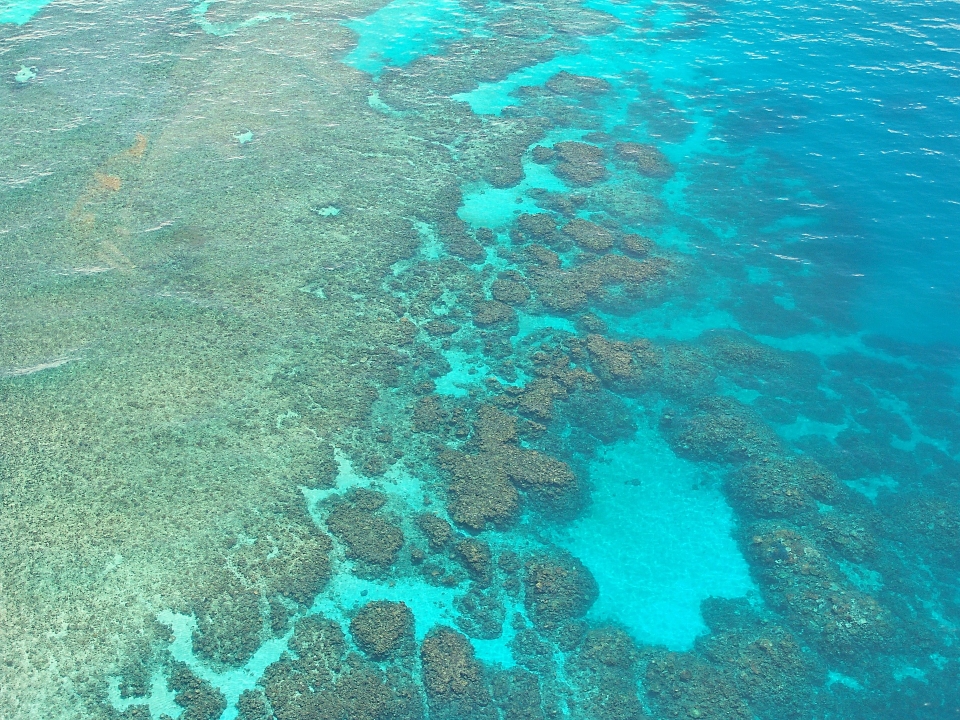Principle
The increasing carbon dioxide content of the air has other negative consequences for the environment in addition to promoting the greenhouse effect. A particularly serious one is the Acidification of the oceans. This refers to the phenomenon that the pH value of seawater drops due to the absorption of carbon dioxide from the air. Considering that many of the organisms living in the sea have a calcareous skeleton, serious consequences can occur.
The surface of the earth is covered with water to about 70%, the majority of which is salt water. These water masses form a carbon sink: about a quarter of human carbon dioxide emissions are absorbed by the oceans. This is due to the difference in CO2 partial pressure between air and ocean (air: high pressure; ocean: low pressure).
This experiment shows the students that carbon dioxide absorbed by water causes a reduction in pH.
Benefits
- experiment is part of a complete solution with numerous experiments in the field of ecology
- Measurements possible indoors and outdoors, for mobile use
- Especially understandable and didactically prepared description of the experiment (relevance to everyday life, etc.) including protocol questions.
- Future-oriented teaching: Integration into digital science lessons with tablets or smartphones.
- Increased motivation of students by using the intuitive measureAPP.
- Increased media competence.
Tasks
Students will use the Cobra SMARTsense pH sensor to study the pH of liquids and how the pH changes with the addition of CO2.
Learning Objectives
The students should realize that the increase in carbon dioxide content has an impact not only on global temperature but also on the oceans. To do this, they will observe the changes in the pH of various liquids when CO2 is added.


